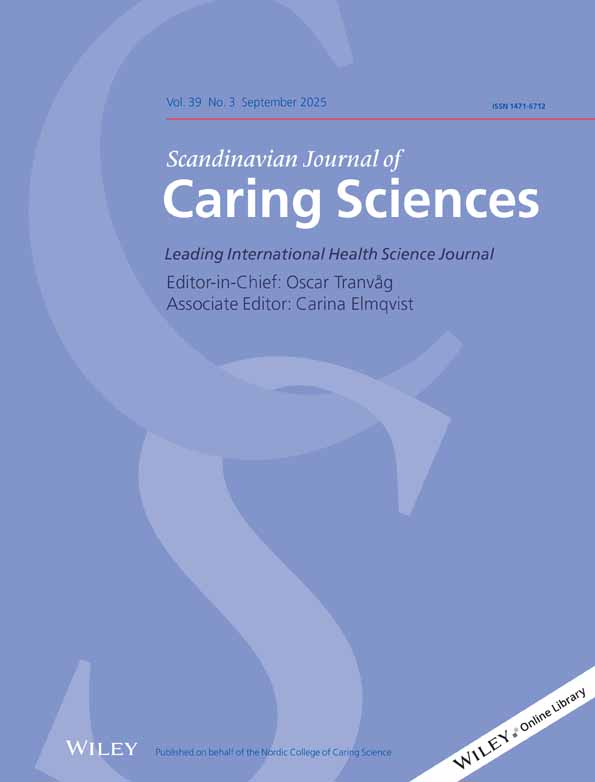Behaviour Modification Group-treatment of Children with Recurrent Lower Urinary Tract Infections
Abstract
It has long been recognized that infrequent micturition and incomplete emptying of the bladder in children represent important factors in the causation of incontinence during the day, and of urinary tract infections (UTI). Behaviour modification is well documented, both as an individual-and a group intervention. The purpose of our study was to develop a programme for group intervention with children, with the aim of improving the children's micturition habits and thereby changing the frequency of wettings, the amount of residual urine, and the UTI frequency. The children responded quickly to the intervention. The amount of residual urine was unaffected, but there are methodological problems in measuring this. There were, however, significant reductions in incontinence and UTI, although there was a tendency to relapse of incontinence over time, probably because of lack of continued follow-up. It is tentatively concluded that the described behavioural intervention seemed effective in improving children's micturition habits, thereby changing the frequency of wettings, and the frequency of urinary tract infections. The treatment seems to be suitable for nursing intervention, either within a hospital setting, or on an outpatient, primary care basis.




